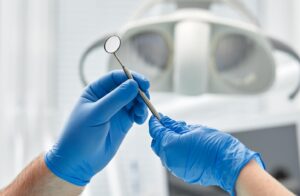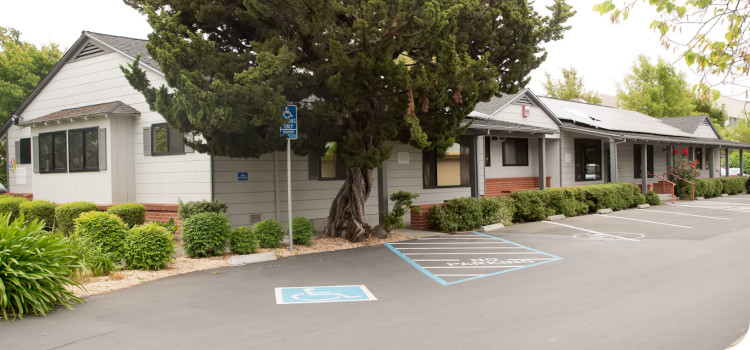 While tooth extraction isn’t something that’s often recommended to address most dental issues, it’s typically a simple procedure whenever it is performed. Generally speaking, extracting a tooth means grasping its visible crown structure and gently loosening its root within its socket. Once it’s loose, the tooth can be carefully pulled out of the socket and removed from the dental ridge. However, there are some conditions that can complicate this process, making it impossible to successfully remove all of the tooth’s structure without first surgically exposing the part of the tooth that rests within your jawbone structure.
While tooth extraction isn’t something that’s often recommended to address most dental issues, it’s typically a simple procedure whenever it is performed. Generally speaking, extracting a tooth means grasping its visible crown structure and gently loosening its root within its socket. Once it’s loose, the tooth can be carefully pulled out of the socket and removed from the dental ridge. However, there are some conditions that can complicate this process, making it impossible to successfully remove all of the tooth’s structure without first surgically exposing the part of the tooth that rests within your jawbone structure.
What makes extracting the tooth necessary?
Though the typical tooth extraction procedure is a simple one, the need for it means that a tooth and/or its supportive structures have become significantly compromised. This can take many forms, such as extreme damage to the tooth or the progression of severe, internal tooth decay. The reason why extracting the tooth is necessary is because its condition is too severe to address with traditional restorative dental treatment, which would otherwise be able to save and preserve the tooth’s healthy structure.
Why it isn’t as simple as pulling the tooth
The immediate danger that a severely compromised tooth can pose to your oral health makes it important to extract the tooth as soon as possible. However, when it isn’t possible to extract all of the tooth’s root and crown structure simply, the process of removing it could require oral surgery. During surgical tooth extraction, your oral surgeon will carefully expose the tooth tooth’s root structure and crown, taking care to keep the surgery as conservative as possible. Once all of the tooth’s structure is successfully extracted, the dental ridge and oral tissues around it can heal.
Conditions that can require surgical tooth extraction
One of the more common reasons for needing surgical tooth extraction is to remove one or more wisdom teeth (third molars) that have become impacted. Wisdom tooth impaction occurs when the third molar can’t fully erupt from the gum line, and the tooth’s unusual position can make it necessary to surgically extract it. However, even when teeth erupt properly, they can experience severe concerns with their structures and/or the oral tissues and jawbone structure that support them. For instance, surgical extraction may be recommended in cases of tooth damage that’s so severe the crown is extremely compromised, or when the tooth’s root becomes fractured or broken.
Learn if your tooth needs to be surgically extracted
When a tooth’s visible structure is too compromised or insufficient to extract through simple means, surgical tooth extraction could be the best course of action. To learn more, or to schedule a consultation, call Santa Rosa Oral Surgery in Santa Rosa, CA, today at 707-545-4625.

